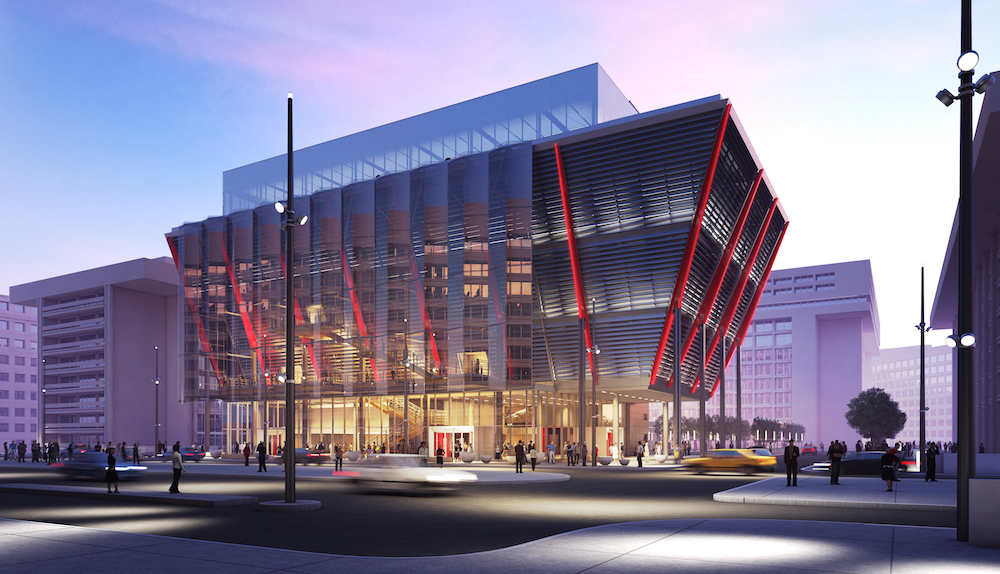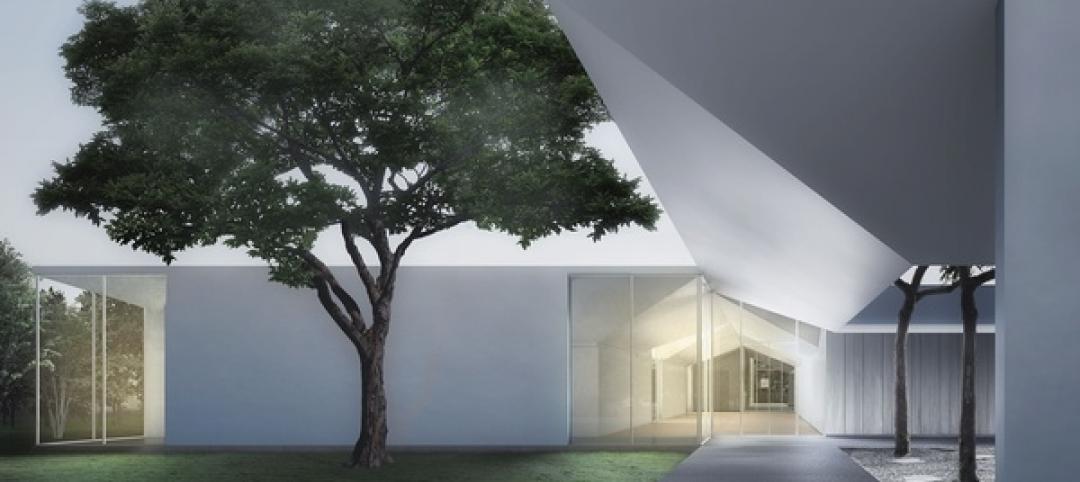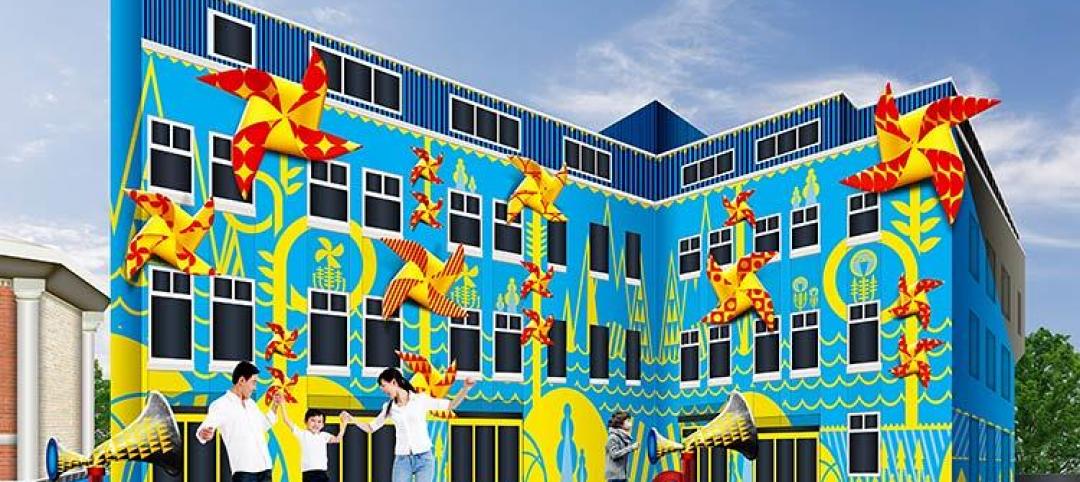The International Spy Museum in Washington, D.C., will be moving next year. If you want the new location of the museum you'll have to travel to a park in Partridge, Kan., where a package awaits you in a hollowed-out tree.
Just kidding! The museum says that it will relocate to a different spot in D.C., at L’Enfant Plaza between the National Mall and the Southwest Waterfront’s Wharf.
Construction has begun on the new 140,000-sf building. Designed by Washington, D.C.’s Hickok Cole Architects and London’s Rogers Stirk Harbour + Partners, the museum will have a glass veil wall in front of an enclosed black-box exhibition space, a setup that contributes to the museum’s “hiding in plain sight” theme.
The glass allows people to see activity inside and outside the museum, which the museum says will add energy to the L'Enfant Plaza. Considered a masterpiece when it opened, the plaza, which sits between a handful of commercial buildings with a shopping mall underneath, has been involved in renovation and demolition plans for years.
The building will have a theater and event spaces, and it will have more exhibition and educational spaces than its current location a few blocks north of the National Mall.
Opened in 2002, the International Spy Museum (SPY) contains exhibits that detail how spies recruit and train, make and break codes, and create false identities. Galleries of artifacts, photos, and videos show the history of espionage from Biblical times through the Cold War to today. The most popular special exhibit is Exquisitely Evil: 50 Years of Bond Villains, where visitors learn about the bad guys in the James Bond film series and how the franchise’s plots have adapted to changes in real-life spying.
The new museum will open in 2018 (Curbed Washington reports that the current museum’s lease doesn’t expire until the end of next year). The project’s developers are The Malrite Company and JBG Companies.
Related Stories
| Mar 13, 2014
Do you really 'always turn right'?
The first visitor center we designed was the Ernest F. Coe Visitor Center for the Everglades National Park in 1993. I remember it well for a variety of reasons, not the least of which was the ongoing dialogue we had with our retail consultant. He insisted that the gift shop be located on the right as one exited the visitor center because people “always turn right.”
| Mar 12, 2014
14 new ideas for doors and door hardware
From a high-tech classroom lockdown system to an impact-resistant wide-stile door line, BD+C editors present a collection of door and door hardware innovations.
| Mar 5, 2014
5 tile design trends for 2014
Beveled, geometric, and high-tech patterns are among the hot ceramic tile trends, say tile design experts.
| Feb 24, 2014
New Menil Drawing Institute will fit in with leafy surroundings
In Houston, plans are being finalized for the first freestanding American building built to house and conserve modern and contemporary drawings.
| Feb 18, 2014
Robert A.M. Stern sent back to drawing board for Revolutionary War museum in Philadelphia
The Philadelphia Art Commission has suggested some significant changes to the design by Robert A.M. Stern Architects, namely the elimination of a cupola and the addition of eye-level windows on the ground floor.
| Feb 14, 2014
Giant interactive pinwheel adds fun to museum exterior
The proposed design for the Santa Cruz Museum of Art and History features a 10-foot pinwheel that can be activated by passersby.
| Feb 14, 2014
Crowdsourced Placemaking: How people will help shape architecture
The rise of mobile devices and social media, coupled with the use of advanced survey tools and interactive mapping apps, has created a powerful conduit through which Building Teams can capture real-time data on the public. For the first time, the masses can have a real say in how the built environment around them is formed—that is, if Building Teams are willing to listen.
| Feb 13, 2014
Extreme Conversion: Nazi bunker transformed into green power plant, war memorial
The bunker, which sat empty for over 60 years after WWII, now uses sustainable technology and will provide power to about 4,000 homes.
| Jan 30, 2014
How reverse engineering nature can spur design innovation
It’s not enough to copy nature. Today’s designers need a deeper understanding of environmental nuance, from the biome in.
| Jan 28, 2014
16 awe-inspiring interior designs from around the world [slideshow]
The International Interior Design Association released the winners of its 4th Annual Global Excellence Awards. Here's a recap of the winning projects.
















